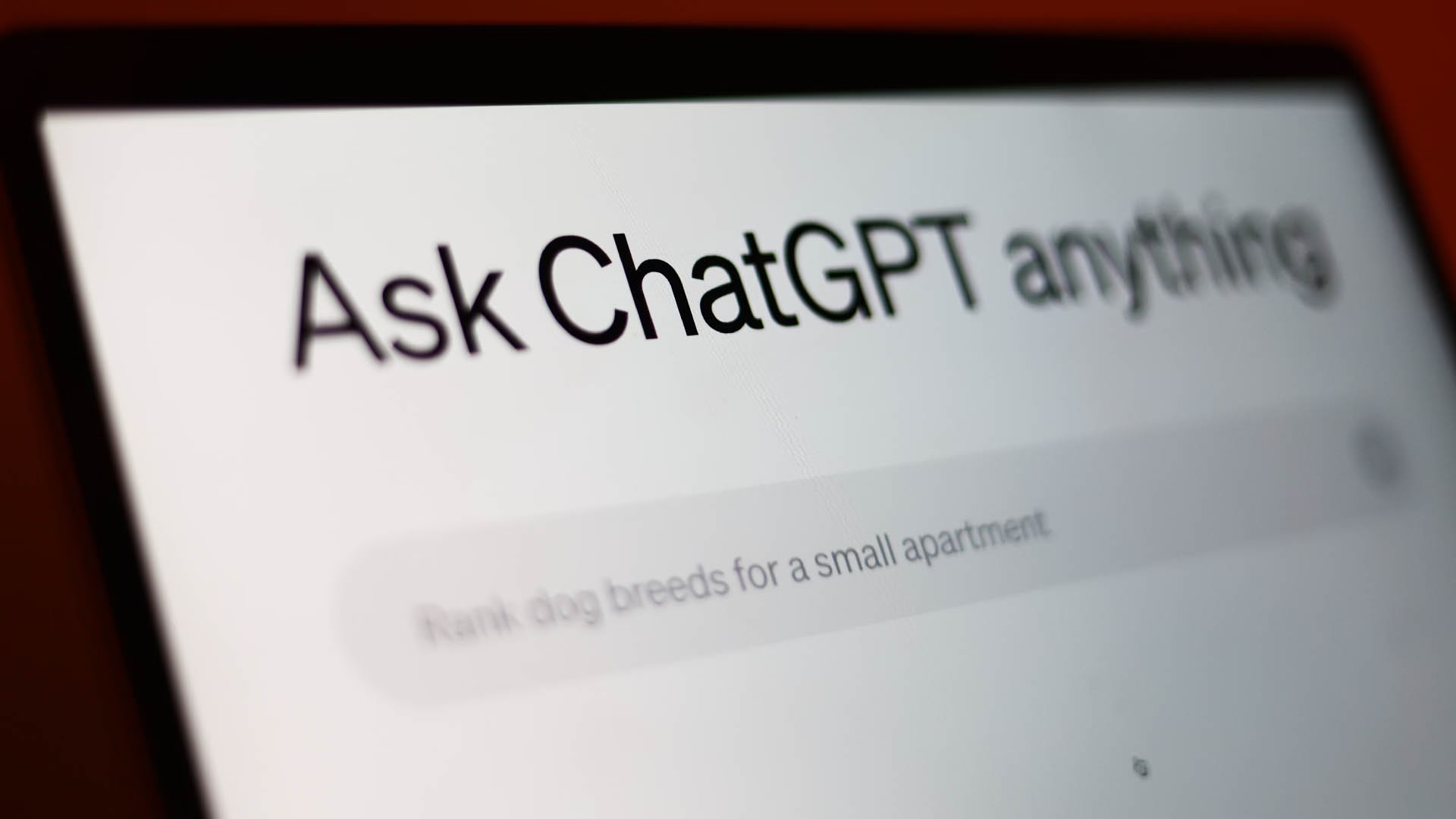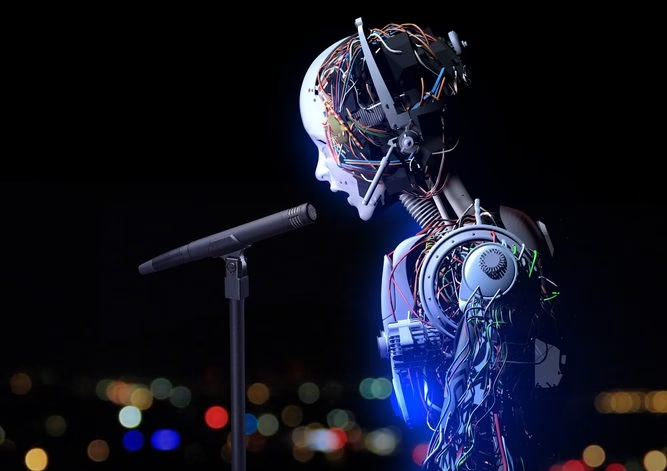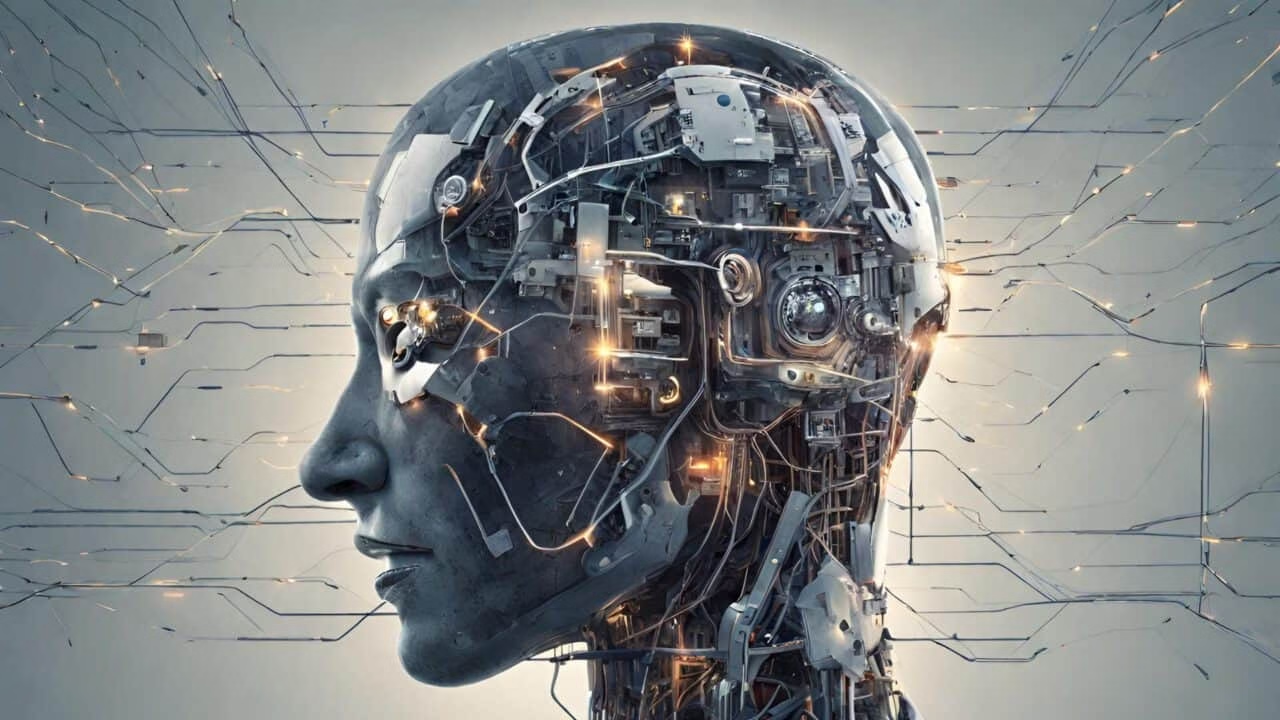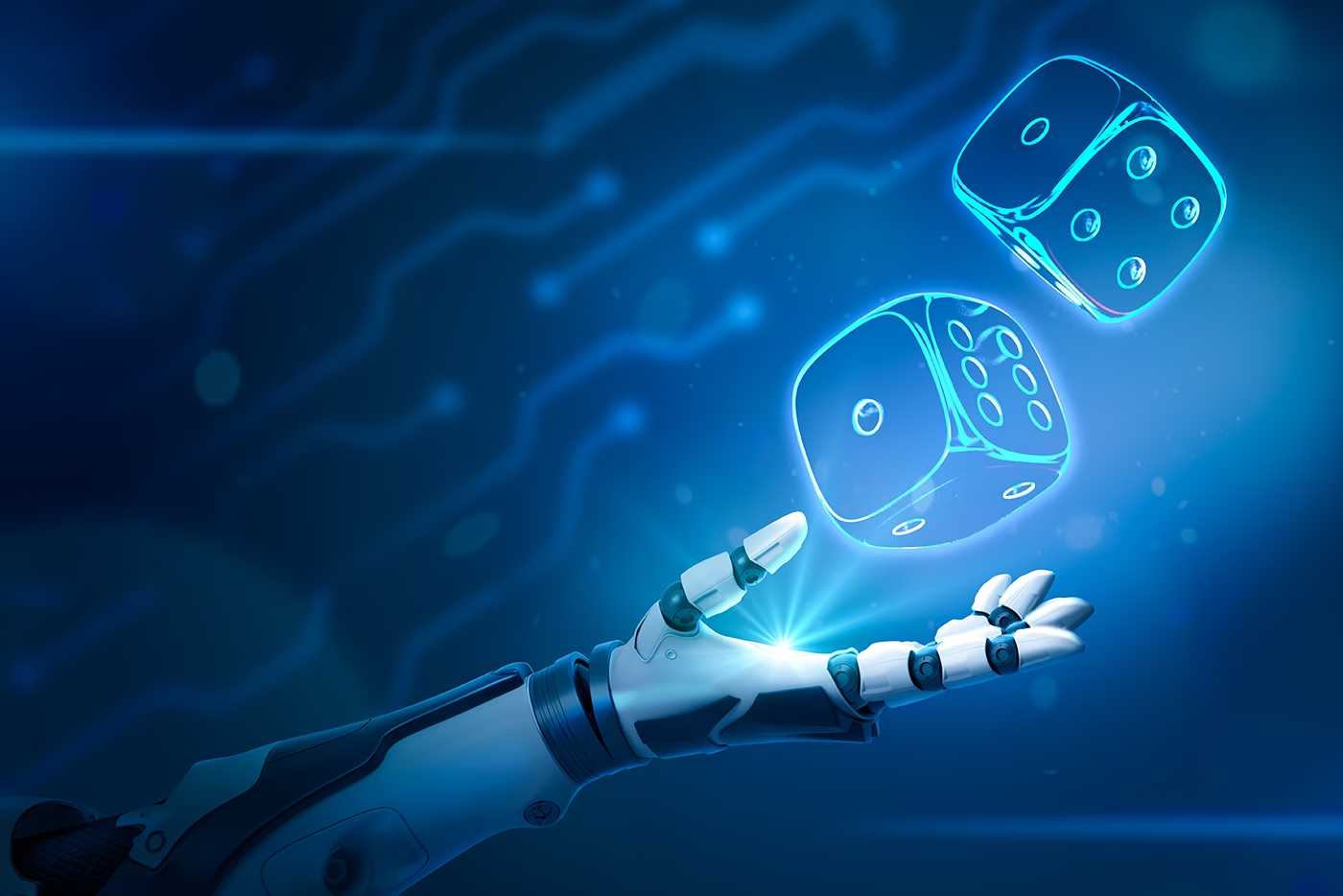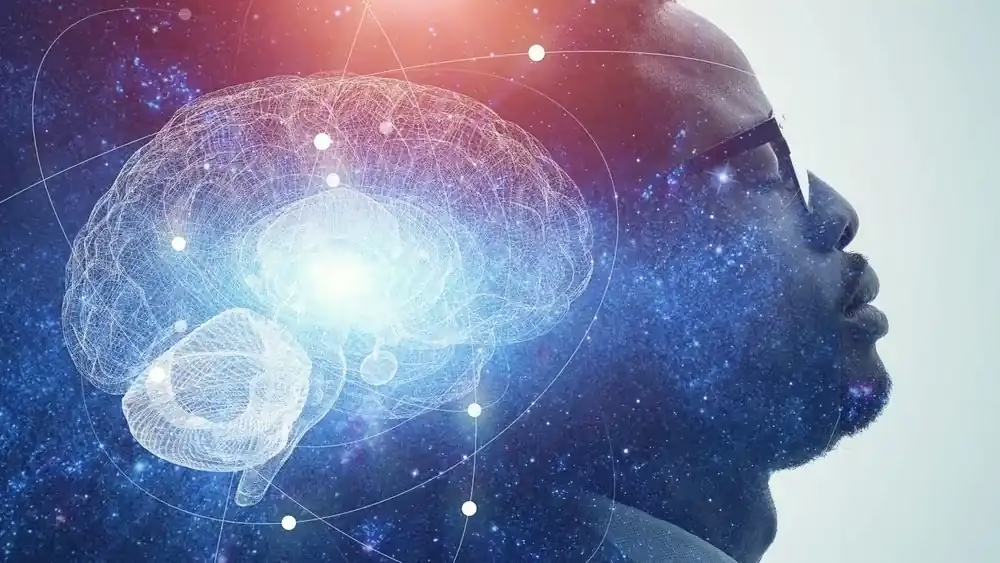Artificial Intelligence (AI) chatbots have become increasingly prevalent in our daily lives, from customer service to virtual assistants. However, there’s more to these chatbots than meets the eye. One surprising fact about AI chatbots is that they are not as intelligent as they seem. While they can process and respond to vast amounts of data, their understanding is limited to their programming and training data. This means that they can struggle with nuanced or complex conversations that require empathy and deep understanding.
Another surprising fact is that AI chatbots are not perfect and can make mistakes. Despite their advanced algorithms and natural language processing capabilities, chatbots can misinterpret context, provide irrelevant responses, or even exhibit biased behavior. This highlights the importance of ongoing development and testing to ensure that chatbots are reliable and effective.
AI chatbots also have the potential to be used in creative and innovative ways. For instance, they can generate content, such as stories or dialogues, or even assist in language learning. However, this also raises questions about authorship and the role of human creativity in the digital age.
Furthermore, AI chatbots are being used in various industries, from healthcare to finance, to improve efficiency and customer experience. However, this also raises concerns about job displacement and the impact on human workers. As chatbots become more prevalent, it’s essential to consider the implications for the workforce and the need for upskilling and reskilling.
Lastly, AI chatbots are not just limited to text-based interactions. Many chatbots are now being integrated with voice assistants, such as Alexa or Google Assistant, to provide a more seamless and intuitive user experience. This highlights the rapidly evolving nature of chatbot technology and its potential to transform the way we interact with devices and services .

